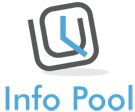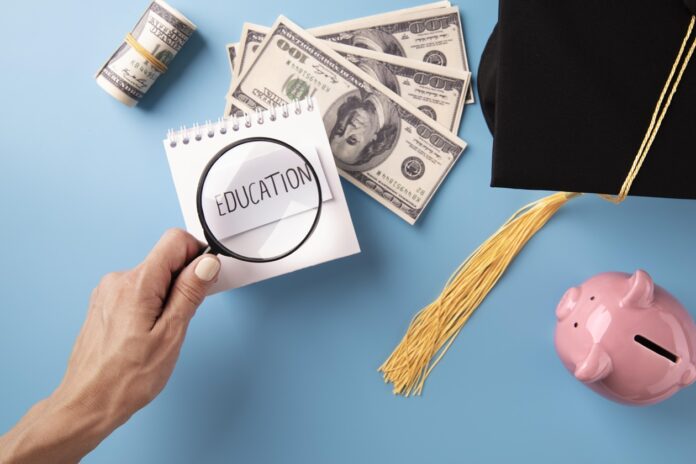With the burgeoning costs of higher education, students across the nation are grappling with substantial debt upon graduation. Fortunately, various education loan forgiveness programs offer a lifeline, helping graduates manage or eliminate their student loan debt. Understanding these programs is vital for those seeking financial relief and a fresh start. Keep reading to uncover the intricacies of loan forgiveness and the tools available to navigate this journey.
Eligibility Criteria for Student Loan Forgiveness
The eligibility criteria for student loan forgiveness can vary considerably based on the program. Some call for employment in government or non-profit organizations, while others focus on services like teaching in low-income schools or areas with a shortage of qualified educators. These stipulations are put in place to incentivize work in sectors that contribute to the public good.
Qualifying for forgiveness often requires a commitment of several years of service, coupled with an on-time payment record. Forgiveness programs like Public Service Loan Forgiveness (PSLF) mandate 120 qualifying payments, which amounts to 10 years, under specific repayment plans while being employed full-time by a qualifying employer.
Determining eligibility includes understanding the fine print, such as what constitutes a qualifying payment or a qualifying repayment plan. Importantly, some individuals may be subject to tax implications resulting from the forgiven debt, although this can differ depending on the program and current tax laws.
Step-By-Step Guide to Applying for Loan Forgiveness
Becoming a candidate for education loan forgiveness entails a structured application process. It usually begins with contacting your loan servicer to discuss the available forgiveness programs and your initial eligibility. Each program comes with its application form and process, which must be scrupulously followed to avoid delays or rejections.
After determining the suitable forgiveness program, borrowers will need to consolidate their loans if necessary and switch to a qualifying repayment plan. Supporting documents, such as proof of employment and payment history, are typically required, which underscores the importance of maintaining accurate and comprehensive records.
The application process may also involve periodic certification of employment and payments, particularly for programs like the PSLF. This certification process helps to ensure that borrowers are on the right track and provides updates on the remaining number of payments required for forgiveness.
Navigating Challenges and Common Mistakes
One of the primary obstacles in obtaining loan forgiveness is the intricacy of the programs and their eligibility requirements. Missteps such as missing deadlines, incorrect forms, or incomplete information can cause setbacks. Borrowers must be meticulous with their paperwork and adhere strictly to guidelines.
Another significant hurdle is staying informed about policy changes that can affect forgiveness programs. Government regulations surrounding student loans are subject to modification, which could alter eligibility criteria or program scope. Keeping abreast of changes is essential to ensure compliance and prevent disqualification.
To counter these challenges, it’s advisable to seek assistance from experienced advisors or use trusted resources like financialrelief.com/ for guidance. With accurate information and careful planning, the complexities of the loan forgiveness process can be successfully navigated, ensuring that borrowers don’t miss out on the benefits they are entitled to.
Additional Resources and Support for Loan Forgiveness Seekers
As daunting as the road to loan forgiveness can seem, a wealth of resources and support systems exists to aid applicants. Various non-profit organizations, educational consultants, and financial advisors specialize in student loans and can offer personalized advice tailored to individual circumstances.
Online platforms also provide calculators, eligibility checkers, and forums where applicants can share experiences and tips. These tools can be essential in demystifying the loan forgiveness process and aiding borrowers in making informed decisions about their financial futures.
Altogether, education loan forgiveness programs provide crucial financial reprieve for eligible graduates saddled with student debt. While navigating the path to forgiveness presents challenges, with diligent research, careful planning, and proper support, borrowers can unlock the potential of these life-altering programs. Overall, staying informed and proactive is pivotal in successfully managing and ultimately overcoming student loan debt.
Image source freepik






